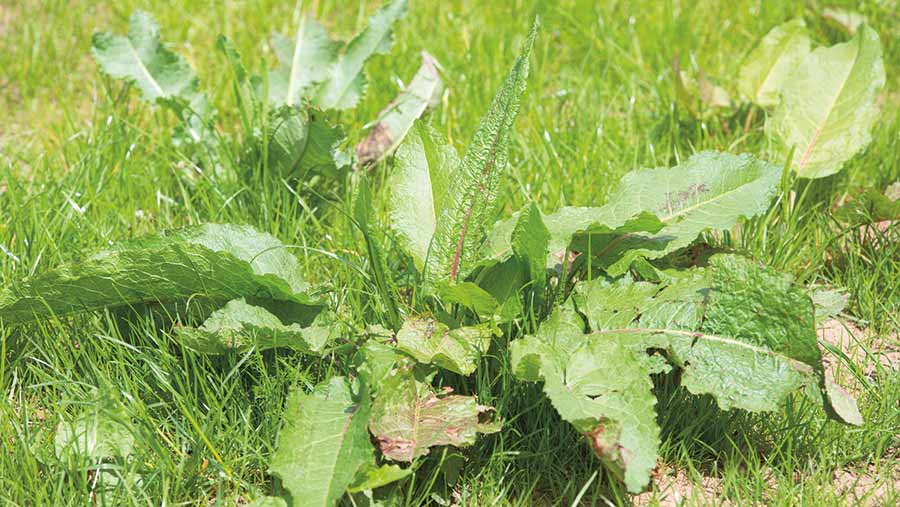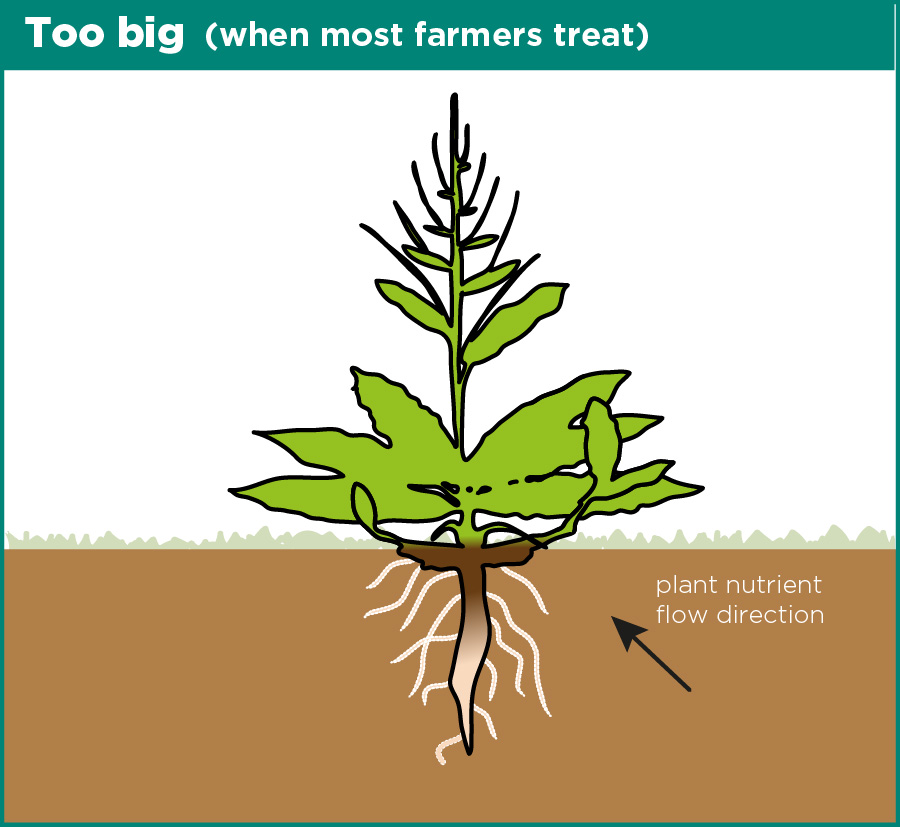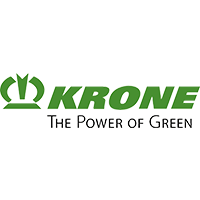When to treat grassland weeds for best kill results
 © Tim Scrivener
© Tim Scrivener Most chemical weed applications fail because farmers apply too late, according to independent grassland consultant George Fisher.
“Timing is critical when treating weeds. You need the chemical to absorb through the leaves and go into the plant root for best results,” explained Dr Fisher.
He said for this to happen, farmers needed to target the right plant growth stage.
Speaking at Farmers Weekly’s Grassland Management event at Carnbwll Farm, Four Crosses, Powys, last week (13 March), he described how to visually identify the correct stage and why it matters.
What does this look like?
Very few upright leaves.
Why shouldn’t you treat at this stage?
In a young plant, the water and nutrients flow from the roots to the leaves at this stage of growth so the plant can photosynthesis and produce new leaves.
Therefore, you will have poor uptake of chemicals because the chemical won’t be moved to the roots.
What does this look like?
Expanded, horizontally presented leaves in the shape of a large dinner plate.
Why you should treat at this stage?
The plant nutrient flow is moving the right way to transport chemical to the roots, with sugars moving from leaf to root.
What does this look like?
Plants are developing seed heads and have too many overlapping leaves.
Why you shouldn’t treat at this stage?
The plant nutrient flow is the wrong way around once again. At this stage the plant is using reserves from the tap root to develop seed heads.
Four steps to good weed control
Farmers should have a clear weed control plan in place, just like they would if they are in a NVZ zone (Nitrate Vulnerable Zone) and require a nutrient management plan (NMP), said independent grassland consultant Dr George Fisher.
“The chemicals we use for weed control do have an environmental impact so we should have a plan for stewardship,” he added.
Step one: Assess grassland weeds – if there’s more than 10% invading grassland then you should consider treating as this can reduce yields by 10%.
Step two: Select the right product by speaking to your crop adviser and asking for product efficacy trials.
Step three: Treat at the right time (see above)
Step four: Review the treatment to ensure it has worked. If it wasn’t successful, try to identify why.
Questions
I have clover in my leys so how can I treat weeds without killing clover?
There are clover-safe solutions on the market that you can use.
Farmers have lost confidence in them because products in the past have said they have been clover safe and they haven’t. But that isn’t the case anymore.
If farmers don’t want to use weed control with clover then don’t put clover in until you have sprayed.
The disadvantage with stitching clover into established grass is the grass can swamp the clover and it struggles to compete.
What if I’ve missed the boat and need to treat weeds later. Should I use a topper?
Yes, but if you top weeds you need to wait at least two weeks for them to regrow before you treat [with chemicals] so you have a nice, leafy target to hit.
Grass Management event
Thanks to NuFarm, Krone, Germinal and Wynnstay, whose sponsorship made it possible to run this inaugural Grass Management event. Farmers Weekly had full editorial control of this article.







